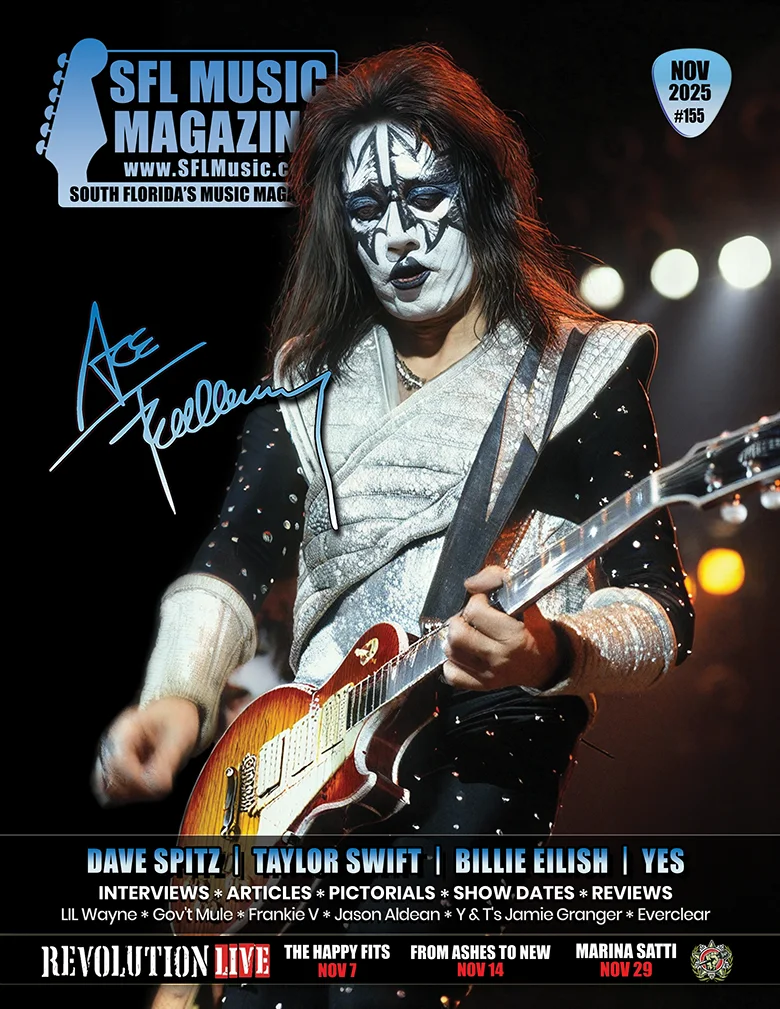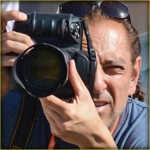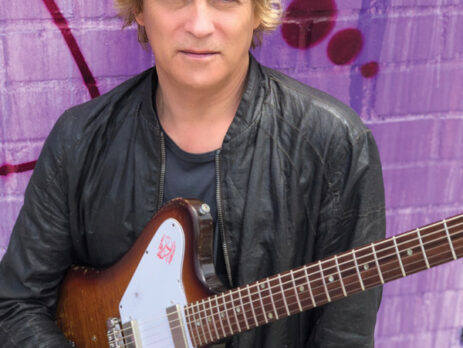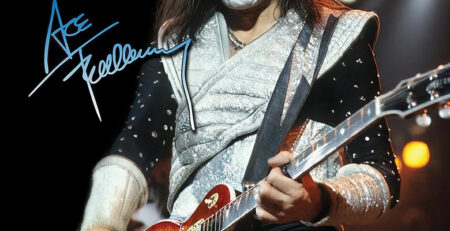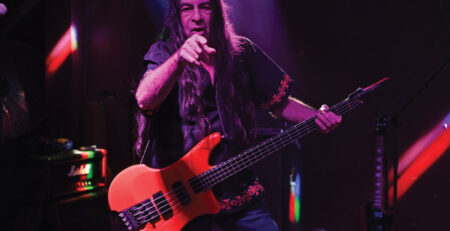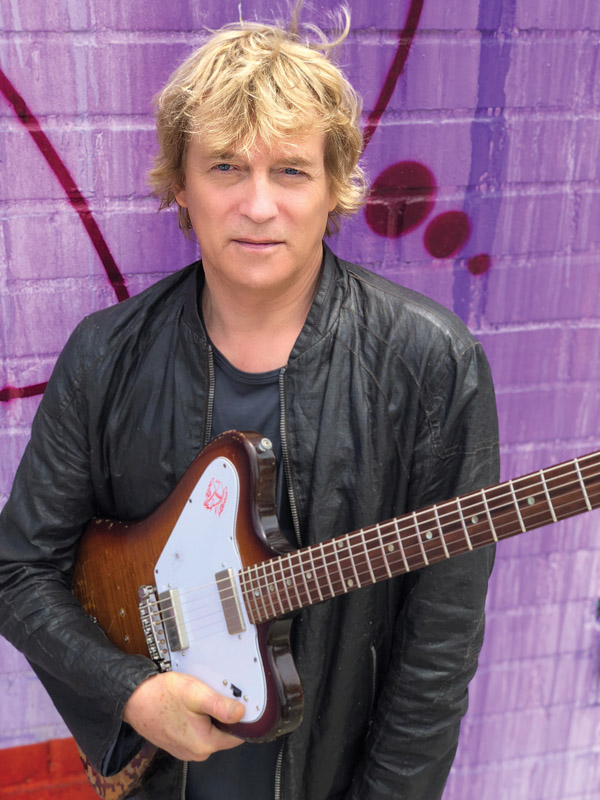 Hal Lindes
Hal Lindes
By Brian Tarquin
Hal Lindes, is perhaps best known as a former guitarist member of the British rock band Dire Straits his distinctive sound and influence can be heard on such landmark albums as Love Over Gold and Alchemy. Having been privilege in working with Hal, I can say he is one of the most under rated guitarists of our age. His true understanding of the guitar and all it holds in tone and passion is truly remarkable. I have worked with Hal for several years on all of the Guitar Master Series and the Brian Tarquin & Heavy Friend releases. He is always my first choice when I desire a guest guitarist and my first call man of the hour. In fact, we recently recorded this project together for the holidays called Lofi Christmas Chillhop
https://open.spotify.com/album/0hytgqznhIAF411Eir4Q47?si=ecRFSddSSWi4KDAFReLhsw
So, there is no wonder he is greatly in demand as a musician, arranger and producer. Hal’s talent for writing from the heart is wonderfully evident in his poignant and evocative film score for The Boys are Back starring Clive Owen (dir: Scott Hicks). Hal is currently working on some pre-records and musical arrangements for the Warner Brothers feature film The Lucky One starring Zac Efron (dir: Scott Hicks) Hal has composed the music for a great variety of film and TV series and his scores have won many awards including a Royal Television Society award for the BAFTA nominated film Reckless and a TRIC award for Best TV Theme Music for Thieftakers. But beyond all of the accolades Hal has something that many musicians lack, heart and soul!
BTQ: Let’s go back to the recording of Dire Straits “Brothers In Arms” what was your typical set up, guitar, amp, pedals, etc? Were there any particular artists or songs at the time that influenced you?
Hal: Unless a song had an obvious call for a certain guitar, I would generally start out with either the early 60’s cream Strat or one of the Schecter Strats through a 1984 Fender Concert RI (2 x 10). If a different amp tonality was required, I would go for either the 1957 Fender Tweed Twin or my stage rig Boogie and Marshall 4 x 12 cab.
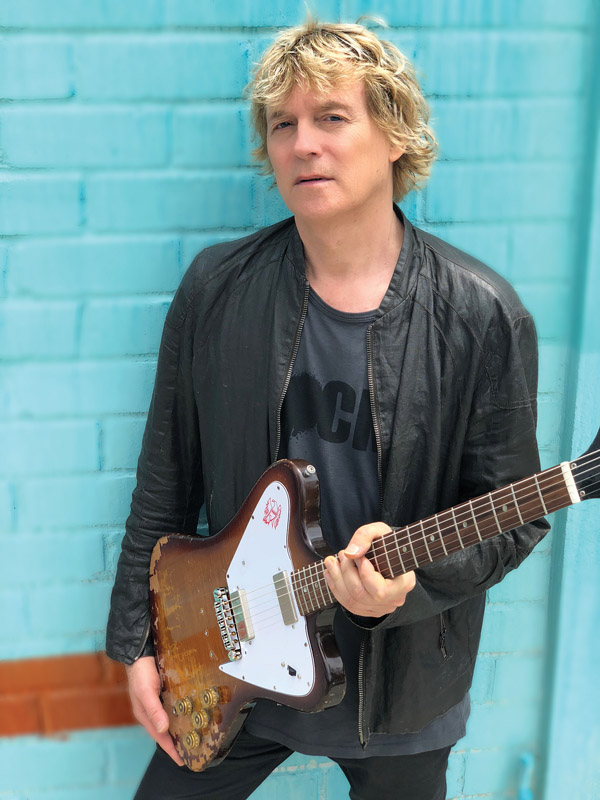 My other guitars were the 1980 blue Schecter Strat (from Mark with the inscription ‘Play It Hal, Mark’ on the neck plate), the ‘Alchemy’ 1982 Fullerton RI ’52 Telecaster with gray top pickups, the ‘Twisting By The Pool’ 60’s Red Gretsch Jet Fire Bird (one of the first production guitars to incorporate active circuitry), a 1955 translucent cream Fender Strat, a 1952 Blonde Gibson ES-5, a 1974 Sunburst Telecaster Deluxe, and three of my guitars Mark used to play on stage, a 1982 black Fullerton RI ’57 Strat, a 1972 Black Rickenbacker 425, and a 1968 white Gibson 3 pickup SG.
My other guitars were the 1980 blue Schecter Strat (from Mark with the inscription ‘Play It Hal, Mark’ on the neck plate), the ‘Alchemy’ 1982 Fullerton RI ’52 Telecaster with gray top pickups, the ‘Twisting By The Pool’ 60’s Red Gretsch Jet Fire Bird (one of the first production guitars to incorporate active circuitry), a 1955 translucent cream Fender Strat, a 1952 Blonde Gibson ES-5, a 1974 Sunburst Telecaster Deluxe, and three of my guitars Mark used to play on stage, a 1982 black Fullerton RI ’57 Strat, a 1972 Black Rickenbacker 425, and a 1968 white Gibson 3 pickup SG.
For effects, I was running through a BOSS SCC-700 Foot Controller system, patching through to a rack mounted Roland 31 Band Graphic, Roland SRE-555 Chorus Echo Unit, Roland SDE-300 Digital Delay, Yamaha E-1010 Analog Delay, Ernie Ball Volume Pedal, Vox Wah-Wah, MXR Compressor, MXR Phase 90, Boss Digital Delay, Boss Dimension C, and a MXR Micro Amp.
For acoustic work, I would generally use the 1972 Martin D-35, with the ‘Love Over Gold’ 1982 Ovation Classical, 1980 Custom-Legend XII and VI as alternatives to experiment with.
Before starting the rehearsals for BIA, Fender provided a host of Concert amps to test out, resulting in the selection of a killer sounding tone machine that really stood out from the pack. Mark was also using that Concert initially while in the formative stages of shaping the tone for the ‘Money For Nothing’ riff.
In terms of influences, at the time, I had just finished recording Private Dancer and playing some gigs with Tina Turner, which was quite an experience. I was also interested in the guitarist Ted Greene, managing to take some tuition from him after tracking Ted down in his eccentrically disheveled, vintage gear strown apartment in the San Fernando valley with the freeway flying past his window.
As a band we were listening to ZZ Top’s ‘Eliminator’ and Pink Floyd’s ‘The Wall’.
BTQ: How did the process go, were the guitar parts written in the studio or already laid out between Mark & you? How was your guitar parts juxtaposed to that of Mark’s?
Hal: Prior to making BIA, all band rehearsals used to take place at Wood Wharf Rehearsal Studios in Greenwich, South London, situated next to the Cutty Shark overlooking the River Thames. A rough and tumble place, with an organic vibe that was highly conducive to the creative process. At low tide, the banging of hammers against barges in need of repair were heard between the pauses of the band’s music, and at days end the red sun would set like a fireball over the river.
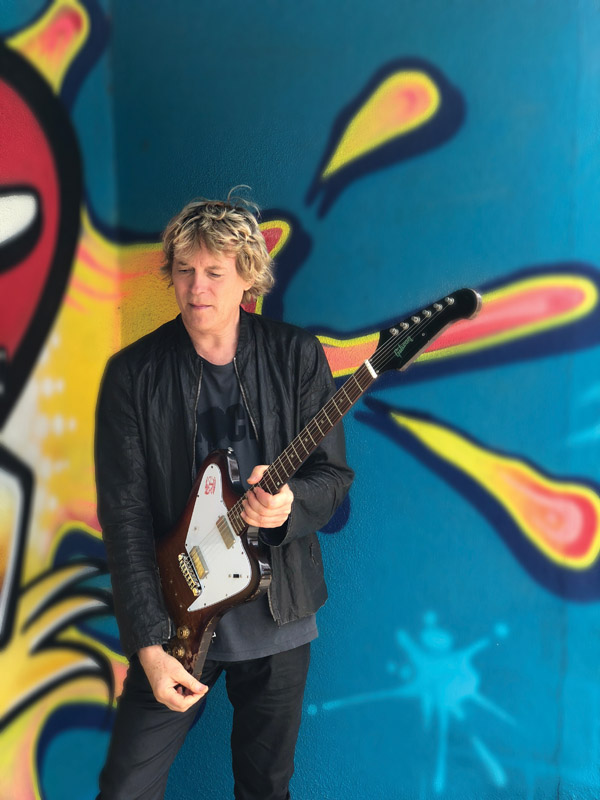 This changed with BIA, with the initial rehearsals taking place at Phil Manzanera’s studio in Virginia Waters in Surrey.
This changed with BIA, with the initial rehearsals taking place at Phil Manzanera’s studio in Virginia Waters in Surrey.
As with the past albums, the pre-recording routine process remained pretty much the same with Mark running down a tune, usually on his Ovation Adamas, while the rest of us would scribble down the chord changes. If Mark had a specific part in mind, he would spend some time with the player and craft the part. At some point the song would be played by the band and Mark would usually hear something in a part one of the musicians was working on and spend time with that player refining it. My goal was to find a guitar part that would support and compliment Mark’s guitar performance.
Little by little the songs would get shaped and fine-tuned before the band relocated to Air Studios in Monserrat, where engineer / co-producer Neil Dorfsman first heard the songs performed live by the band. The line up at the time was Mark and myself on guitars, John Illsley on Bass, Terry Williams on drums, Alan Clark and newcomer Guy Fletcher on keyboards.
BTQ: What microphones were used to record the guitar parts? Do you remember the studio gear & producer? Was it recorded & mixed at the same studio?
Hal: The main microphones were mostly Neumann U67s, AKG 451s and Shure SM57s. The amps were mic’ed with a SM57 on the speaker, a U67 slightly back and one or two overhead mics to capture the room ambience.
For the acoustic parts, I would use the 1972 Martin D-35 I’ve owned since my school days, and still very much in use today. (This D-35, along with a 1975 Martin D-28, were prominently featured recently on the musical score for the Scott Hicks film, The Boys Are Back).
As far as I can remember, the acoustic was mic’ed with an AKG 451 pointing towards the 12th fret, and a Neuman U-67 pointing between the bridge and the sound hole, with both mics positioned a foot or two away from the guitar.
Air Monserrat had a gorgeous sounding Neve 8078 console, custom ordered and specifically built for Sir George Martin, who was around at the time of recording BIA, visiting the studio.
The music was recorded on a Sony 3324 Digital 24 track recorder, which the band had purchased specifically for the project. Additional recordings and mixing took place at The Power Station in New York. The building was originally a Consolidated Edison power plant, then a sound studio where the television game show ‘Let’s Make A Deal’ was filmed, and by the early eighties became the Mecca of recording studios.
BTQ: Since the Dire Straits days you have been a very successful & active Film Composer. Can you tell us how the guitar is incorporated into your scores?
Hal: When used against moving images, the guitar is a unique and powerfully evocative voice with a direct emotional connection, which is honest in an un-manipulative way.
When appropriate, I strive for the guitar to drive the musical piece, utilizing more traditional orchestral instrumentation to support underneath the guitar, giving weight and scale to the music that feature films require.
I tend to lean more towards the acoustic aspects of the guitar scoring, incorporating 4 and 8 sting ukuleles, dobro, mandolin, churango, 3/4 size acoustics, classical nylon and 12 strings guitars into the mix.
5. What is your typical recording set-up and how do you go about recording your guitar tones today in our digital world?
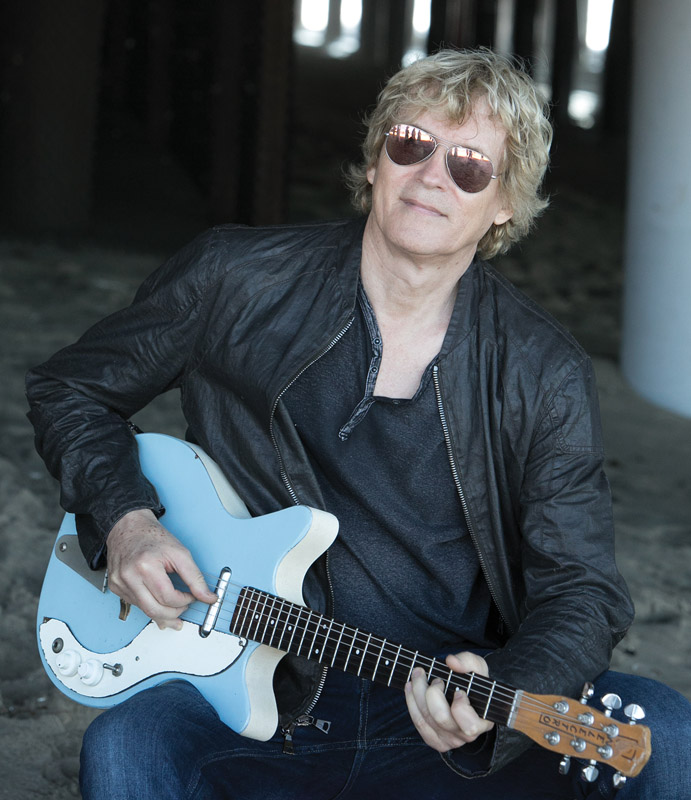 My acoustic guitar of choice for film scores is a 1975 Martin D-28 with it’s fat, baseball type of neck and sustain that is somewhat reminiscent of a grand piano.
My acoustic guitar of choice for film scores is a 1975 Martin D-28 with it’s fat, baseball type of neck and sustain that is somewhat reminiscent of a grand piano.
An old Gefell UM-70 microphone is positioned between the bridge and soundhole about a foot or two away from the Martin. The mic goes to a vintage Neve 1272 mic pre, then through to an Apogee Rosetta 800 converter running at 48k / 24 bit.
While screening the film on a 55” LED monitor, I record a number of performances, usually without a click. I look for the performance that helps the image just pop off the screen, which surprisingly, may be the performance with a few imperfection in it, like loose timing, uneven velocities, or a razzing note. There is something about an imperfect performance that can sometimes bring out the vulnerability and character of a film scene.
As a film composer, the one rule I’ve learned over the years is that there are no rules to film scoring. Each film has it’s own particular quirks attached to it, and if the composer can remain open enough, then the film image will create the music for him.
BTQ: Do you have a favorite can’t-live-without guitar processor/effects that you used on your scores?
Hal: Good question. The mantra is big, clean and warm, which the Gefell UM-70 and the Neve 1272 certainly help to achieve, but that’s not to say that another combination of mics and mic pres won’t yield an unexpected, but equally desirable result.
In my case, it’s probably more about the tools that are needed to help inspire and create a film score than the actual make and manufacture of the individual item. Apart from the mic and mic pre, things like capos, slides, soft, hard, felt and finger picks, bows, hammers and a variety of acoustic instruments are essential items.

Multi-Emmy award winning Brian Tarquin is an established top rate composer/guitarist/producer. Through the past 30 years he has enjoyed Top 10 radio hits in several formats as Smooth Jazz, NACC Loud Rock, Roots Music Reports, Metal Contraband, Jam Band & CMJ’s RPM charts. His music has been heard by tens of millions on a plethora of television and film scores such as: CSI, Ellen, Extra, TMZ, 60 Minutes, Sex and the City, 20/20, SNL, Godzilla, Seinfeld, Cheers, Charmed, Good Morning America. He has recorded and produced such legends as Joe Satriani, Larry Coryell, Jean-Luc Ponty, Eric Johnson, Robben Ford, Steve Morse (Deep Purple) to name a few. In 2023 Brian’s music video “Speed of Sound” featuring Joe Satriani won Best Video of the Year by the Josie Music Awards.
linktr.ee/guitartrax
Share this post
Related
Posts
WIN TICKETS – Charlie Berens – DEC 4, 2025
Win Tickets

